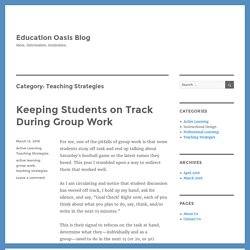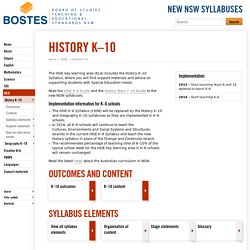

Home. Academic work - Peter Frankopan. The Decline and Fall of the Romanov Dynasty. Where did Islamic State come from, and what does it really want? References Credits Topics: terrorism, iraq, syrian-arab-republic.

Home. Windradyne. Windradyne (c.1800-1829), Aboriginal resistance leader, also known as SATURDAY, was a northern Wiradjuri man of the upper Macquarie River region in central-western New South Wales.

Emerging as a key protagonist in a period of Aboriginal-settler conflict later known as the 'Bathurst Wars', in December 1823 'Saturday' was named as an instigator of clashes between Aborigines and settlers that culminated in the death of two convict stockmen at Kings Plains. He was arrested and imprisoned at Bathurst for one month; it was reported that six men and a severe beating with a musket were needed to secure him. After some of the most violent frontier incidents of the period, including the killing of seven stockmen in the Wyagdon Ranges north of Bathurst and the murder of Aboriginal women and children by settler-vigilantes near Raineville in May 1824, Governor Brisbane placed the western district under martial law on 14 August.
Teaching Strategies. Thinking imaginatively, creatively, interpretively and critically. ESL scales links to the English syllabus The levels on the ESL scales needed to achieve this English syllabus outcome are Writing level 6/7, Reading and Responding level 6/7 and Oral Interaction level 7/8.

An EAL student at this stage of schooling may be assessed at a range of levels on the ESL scales Writing and Reading and Responding strands from Beginning level 1 to level 6/7 and Oral Interaction strand from level 1 to level 7/8. Teachers plan a learning pathway for EAL students using the ESL scales outcomes and pointers. Teachers assess EAL students' current level of English on the ESL scales then plan teaching and learning activities to scaffold learning for students working towards the achievement of English syllabus outcomes.
For EAL students to achieve this English syllabus outcome the teaching focus and pathway of learning will be within the Communication ESL scales strand organiser. Teaching Strategies – Education Oasis Blog. For me, one of the pitfalls of group work is that some students stray off task and end up talking about Saturday’s football game or the latest rumor they heard.

This year I stumbled upon a way to redirect them that worked well. As I am circulating and notice that student discussion has veered off track, I hold up my hand, ask for silence, and say, “Goal Check! Right now, each of you think about what you plan to do, say, think, and/or write in the next 15 minutes.” This is their signal to refocus on the task at hand, determine what they—individually and as a group—need to do in the next 15 (or 20, or 30) minutes, and create a short-term goal. The length of time they have to complete the goal is, of course, dependent upon the assigned task and the time remaining for group work. History K–10. The HSIE key learning area (KLA) includes the History K–10 Syllabus, where you will find support materials and advice on supporting students with Special Education needs.

Read the HSIE K–6 Guide and the History Years 7–10 Guide to the new NSW syllabuses. Implementation information for K–6 schools The HSIE K–6 Syllabus (1998) will be replaced by the History K–10 and Geography K–10 syllabuses as they are implemented in K–6 schools.In 2016, all K–6 schools will continue to teach the Cultures, Environments and Social Systems and Structures strands in the current HSIE K–6 Syllabus and teach the new History syllabus in place of the Change and Continuity strand.The recommended percentage of teaching time of 6–10% of the typical school week for the HSIE key learning area in K–6 schools will remain unchanged. Read the latest news about the Australian curriculum in NSW.